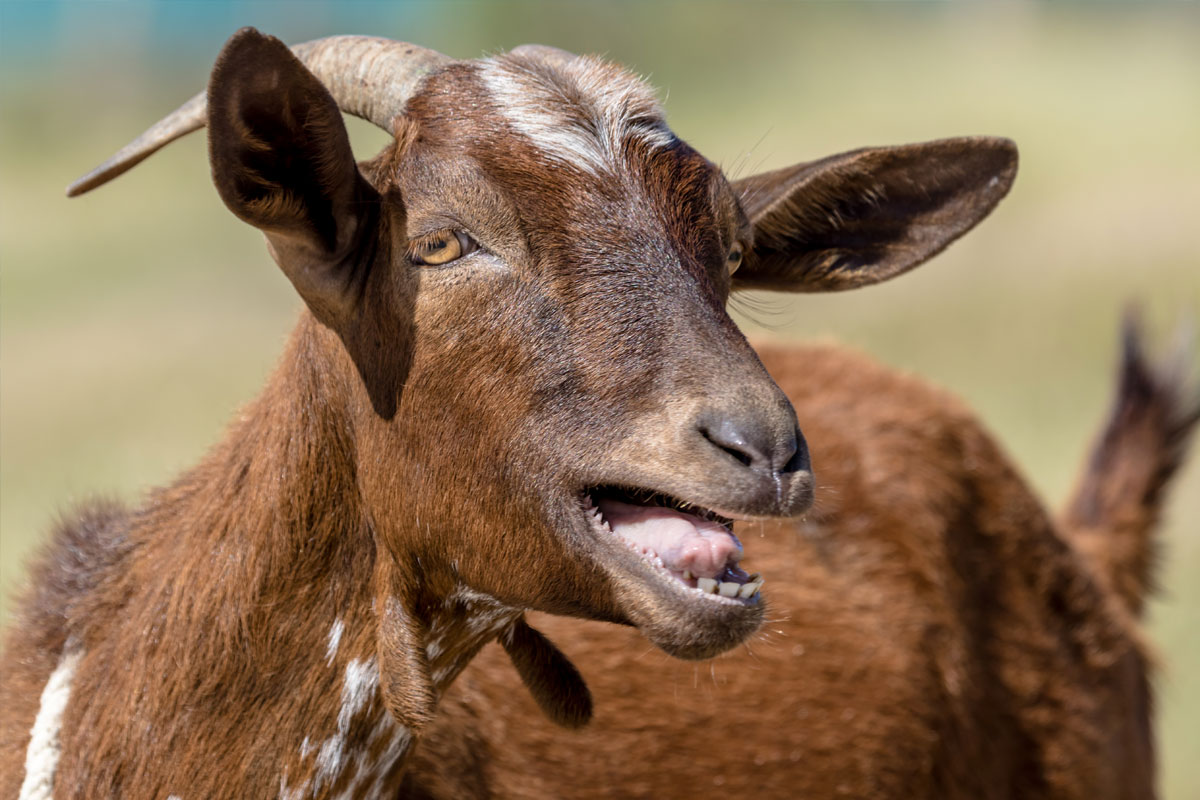Control worms in your pigs to retain profitability

Pig rearing is profitable only if pigs grow quickly and attain good weight gains in a short time period. The burden of worms can retard this growth and can make the difference between a profitable enterprise and a loss situation. Pigs are infected by both roundworms and tapeworm. They ingest the eggs which are in faeces, both human and from other pigs. Eggs may also survive in the soil, bedding, even in feed if conditions are damp and humid.
Measles in Pigs (Taenia solium)This condition in pigs and cattle has no relationship with the disease of children. Measles in pigs is the intermediate (bladderworm) stage of a tapeworm that occurs in humans. The adult tape Taenia solium lives in the intestine of man and can reach a length of 5 metres, with up to 1000 segments each containing up to 100 000 eggs. The tape produces 5 – 8 ripe segments daily which leave the body via the stools. If this material reaches the pigs’ environment the pigs can ingest thousands of eggs at a time. Unborn piglets can be infected in utero if their mother swallows worm eggs. The eggs hatch in the intestine of the pig and burrow into the intestinal wall. They are carried via the bloodstream until they become lodged in some part of the body, usually in muscle tissue. The larvae develop into a bladder, about the size of a pea . When the pig is slaughtered for meat, these cysts are present in muscle tissue. If the pork is under-cooked the bladderworm survives and is ingested by the human. It develops into an adult tapeworm in the intestine, and feeds on the stomach contents, causing malnutrition, lethargy and weight loss. The great danger is the possibly of humans ingesting eggs, which may travel to the brain, causing a form of epilepsy. There is no effective treatment against measles. Control measures include the treatment of tapeworm infection in humans; proper use of toilets, so that pigs never come into contact with human waste, stringent meat inspection at slaughter and ensuring that all pork products are well cooked before consumption. Ascaris wormThis is the most important roundworm of pigs. It lives in the small intestine of the pig, but the larvae migrate to the liver and lungs causing haemorrhages and inflammation. This may lead to secondary bacterial infections such as pneumonia, especially in piglets. Some may die, the survivors are often unthrifty and poor growers. In addition, the worms compete with the pigs for nutrients and pigs lose condition. Pigs with no obvious symptoms of worm infestation may be found not to reach target weights. The eggs are passed out through the faeces and survive in warm damp conditions in the environment, where they are ingested by another pig, continuing the cycle. The eggs are very resistant to disinfectants and cannot be easily killed. Stomach wormsThese parasites are transmitted by dung beetles and cause loss of appetite and poor growth rates. Nodular wormsThese are a different species to those found in ruminants. The eggs hatch in the environment and pigs digest the larvae. A heavy burden of nodular worms will cause poor condition and diarrhoea. WhipwormsThese have a similar life cycle to the ascaris worm, but do not migrate to the liver and lungs. They live in the caecum and large intestine of the pig. LungwormsThese live in the air passages of the lungs. They cause irritation, causing the pigs to cough and lose condition. Severe infestation can result in pneumonia.
Control and Prevention
Management, sanitation, hygiene and dosing are essential to prevent economic losses and threat to human health. Healthy pigs on a good plane of nutrition are less likely to be affected by worm infestation. • Sties should have concrete floors that are easily cleaned and disinfected. Sties should be washed and disinfected thoroughly at least weekly with a stiff brush. The walls of the sties must also be scrubbed as worm eggs can stick to them. Slats and dung channels help to keep sties clean and free of faeces.• Management systems should be such that sties can be left empty between pigs for a period to be disinfected and allowed to dry for several days.• Young weaned pigs should be kept away from older stock.• Some worm eggs are extremely resistant and some disinfectants may not be effective. Formalin is usually effective and disinfecting by blow-torch is ideal.• Pigs on pasture are more susceptible to worm infestation and may have to be dosed more frequently. Pastures should be rotated and if possible left empty for periods.• Faecal samples should be regularly submitted to the vet for worm counts and dosing should be based on the results.
Sample dosing programme
All young stock – 8 weeks, repeat at 12 weeks. If there is a heavy worm load, repeat at 6 week intervals. Sows and gilts – before breeding and 1 week before farrowing. Again at weaning. Outdoor sows may require more frequent dosing. Boars – every 3-6 months depending on worm load. DECTOMAX INJECTABLE and PIG DEWORMER are effective against roundworm, including migrating stages and are registered for use in pigs. Ref : Handbook of Stock Diseases: Monnig and Veldman P Jackson Common Internal Parasites of Swine Robert M.Corwin http://extension.missouri.edu/publications/DisplayPub.aspx?P=G2430



